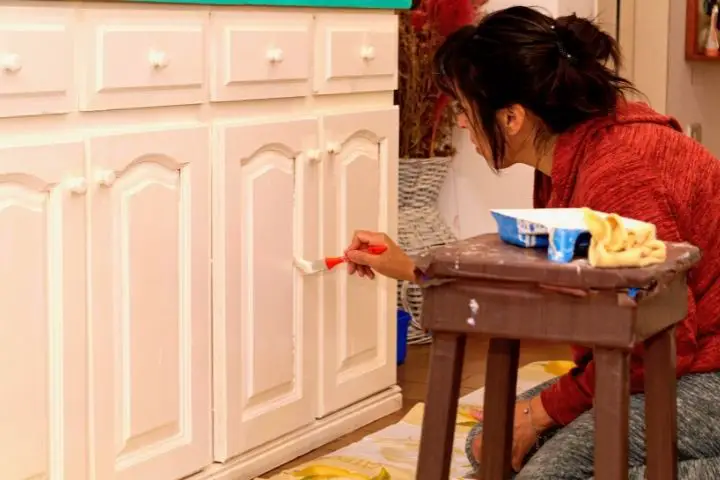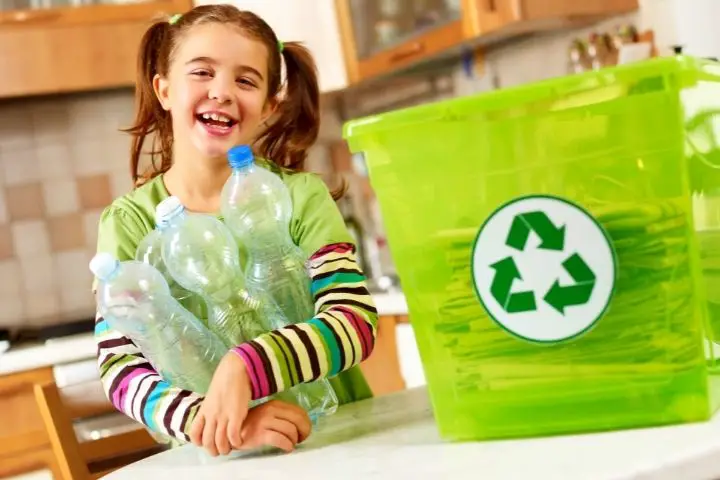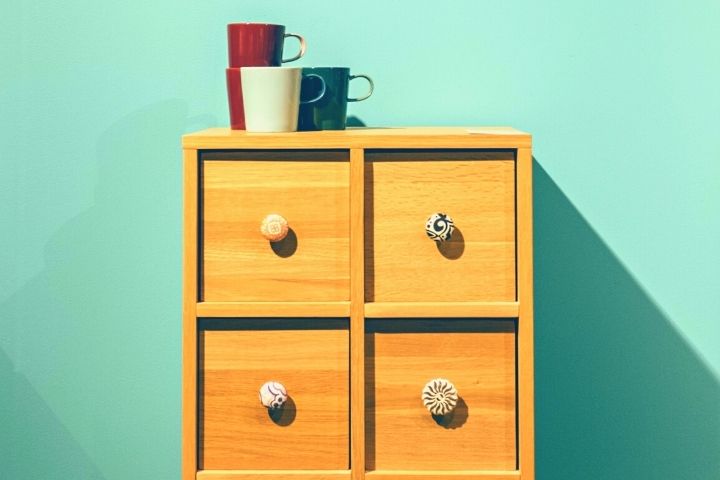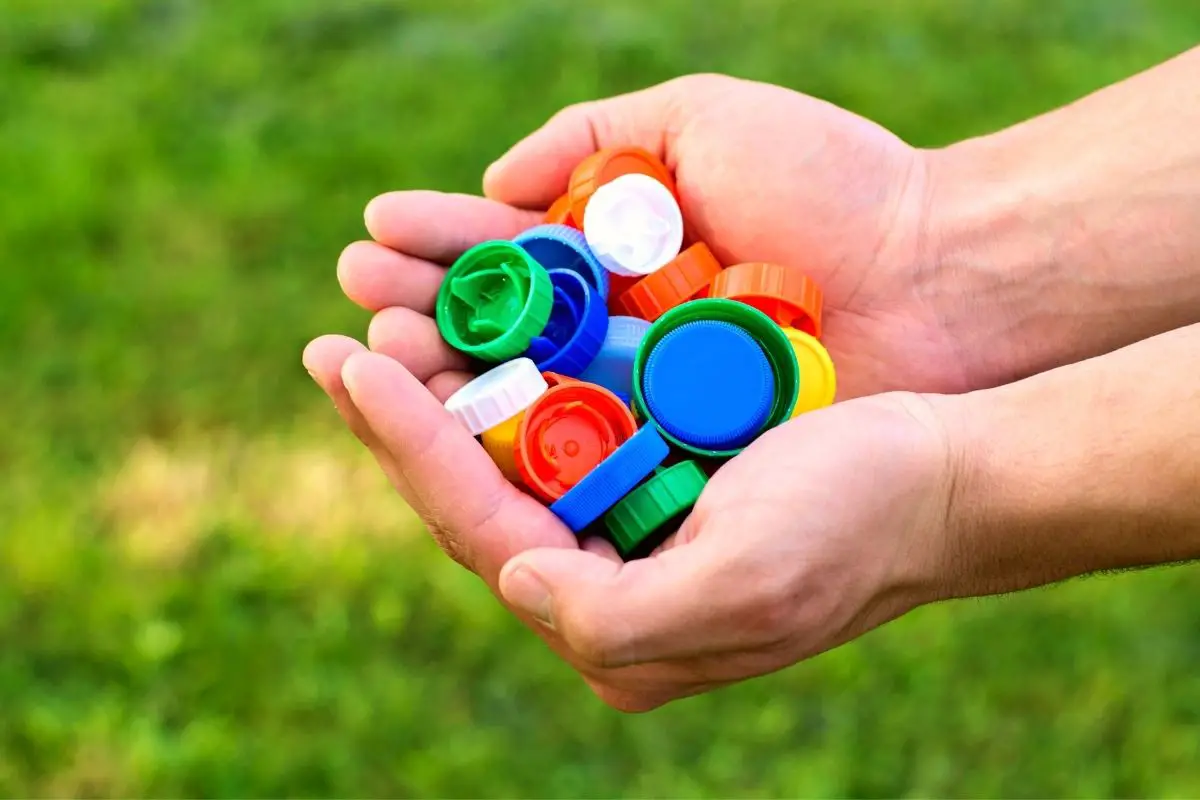Upcycling vs Recycling | What’s the difference and what’s best?
Of the many ways to get rid of waste today, what’s the best one for the environment?
Scroll down to take a look at some of the easiest, most efficient ways that One Man’s Trash is Another’s Treasure in real time.
People often use upcycling and recycling interchangeably, but, technically, they are different. To give you a short explanation: upcycling is about improving and reclaiming an item (think old furniture that had a make up and now looks brand new), recycling is about breaking down materials from a discarded item and using them to make different things (think PET bottles turned into textile).
Both are a much better alternative than sending items to landfills. Upcycling is arguably better than recycling as it extends the life of a product – through fixing and upgrading. That product can still be recycled at a later stage.
In the end, upcycling and recycling are not necessarily mutually exclusive, but opting for upcycling first is a more sustainable option.
Let’s have a closer look at what recycling and upcycling mean for you and your waste disposal concerns!
What is the Difference between Recycling Vs Upcycling
People often confuse Recycling and Upcycling. They sound similar, and they both take on the concept of having something old and turning it into something new. However, there is a difference.
- Upcycling is a process which typically requires less time and effort. In most cases you clean the item and either add, remove or replace features to give it a longer shelf life and improve its aesthetic appeal.

Recycling on the other hand, includes a whole host of stages. From collecting and transporting, to breaking it down and manufacturing. Depending on what’s being recycled, the process can involve a lot of time consuming and costly steps.
- While recycling can be used across a wide range of materials such as metals, paper, cardboard, plastics etc, upcycling is more limiting and focuses more on improving the material in the form it’s in, rather than transforming it.
- Upcycling is more of a personal project. Something you do at home, with family and friends and is very much in its infancy as a way to spend time with others.
Recycling, on the other hand, has become a billion dollar industry and is treated as such. Employing hundreds of thousands worldwide, with established supply chains, huge investments and seriously impressive research and development departments.
What is Recycling?
The concept of recycling is actually one which has been used since the beginning of human history. Simply put, it’s taking items of waste, breaking them down, and converting them into something new which can be used. That’s one way of making sure you always get value for money.
Recycling doesn’t have to mean just plastics and glass bottles – you can recycle your clothes too. Recycled cloth can have many uses around the house, such as using an old wedding dress to fashion a new pillow cover, using denim jeans as insulation, and recycling those ugly woolen Christmas sweaters for padding in worn down chairs/cushions!

What Are Some Important Recycling Hacks?
- Plastic bags? Big no! Keeping grocery bags around the house may seem like an effective hack to not bring more bags home, but the microplastics make the bags an instant drop-off recyclable, not a DIY recyclable.
- Anything small like a bottle cap or plastic lid, may be too small to be recycled properly. It’s important that tiny recyclables should be placed with bigger ones where possible – like placing a bottle cap back on the bottle – can make it easier for recycling centers to separate.
- Remember to keep the recyclables in DEC form: Dry, Empty and Clean. It should be clean enough to use again, with minimal grease, staining or contamination.
What Is Upcycling?
While recycling breaks down the material and then makes it new, upcycling simply adds to the product, and in turn, adds value to it.
Being good at upcycling requires you to have some basic DIY skills and tools – but have no fear, anyone can try their hand at it! A couple of paintbrushes and paint, a hammer, some nails, sandpaper and varnish and you’re ready to start upcycling!
Furniture is always a popular choice for this practice. Picture this: you bought a well made table decades ago. The craftsman did a good job, it’s as solid today as it was when you first saw it, but its paint has chipped and it just looks old. Maybe you’ve decided to change the colour scheme of the room and want to brighten it up with something different.
Why spend your money on a new one when, for a fraction of the price and a few hours of your time, you can transform it. It’s a great project to have for the weekends, you can get your partner, your friends, even your kids involved, and the feeling of doing it yourself is just more rewarding than buying a new one.

What Are Some Important Upcycling Hacks?
- Make sure not to cheap out on electrical tools: getting second hand tools may be light on the wallet, but can cause problems. Hot glue guns that malfunction or drilling equipment that doesn’t work quite right can ruin the material you’re upcycling before you even start.
- Preparation is everything! Making sure your materials are clean, wiped down, or ready to use as a canvas for your upcycling process is super important. You don’t want to rush the job in your excitement to see the end product.
- Trust the process…and maybe a tutorial or two. There are videos and articles for upcycling virtually everything and anything right now, and you can easily learn how to make your own DIY beeswax wraps or create Christmas decorations from old jewellery, all from the comfort of your home!
FAQs
What Are Some Common Materials that Can Be Recycled or Upcycled?
- metal objects such as cans, old keys,
- plastics such as bottles, containers
- cloth or fibrous materials like t-shirts and blankets
- wood
- paper
- glass
What Are Some Materials that Cannot Be Recycled or Upcycled?

Unfortunately, we are not yet at the stage where everything we use can be recycled or upcycled. It is important to know what type of materials can or cannot be recycled or upcycled, to try and avoid using or buying them.
Though certain plastics can now be recycled, it still takes a lot of time and even more money to do so. And there are some forms of plastic however, like foam polystyrene, which still cannot be reused in any way, shape or form.
The good thing though, is that companies are working to help change our habits, as people become more environmentally conscious. Plastic bags are being replaced by recycled bags or paper bags. Plastic straws, an enemy of the oceans, are finally being substituted by metal straws.
We are finally starting to take the effects of our consumption more seriously, and whether you are upcycling or recycling, what’s most important is that you are actively trying to reduce our damaging wastage.






